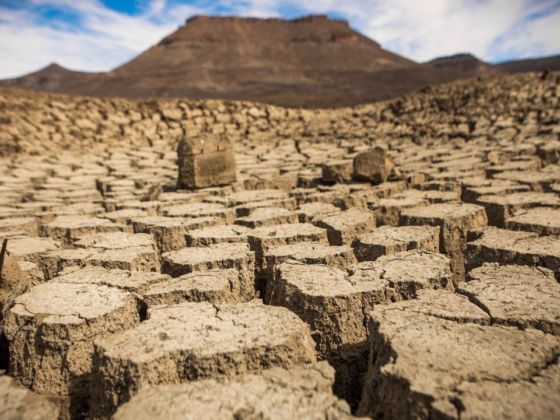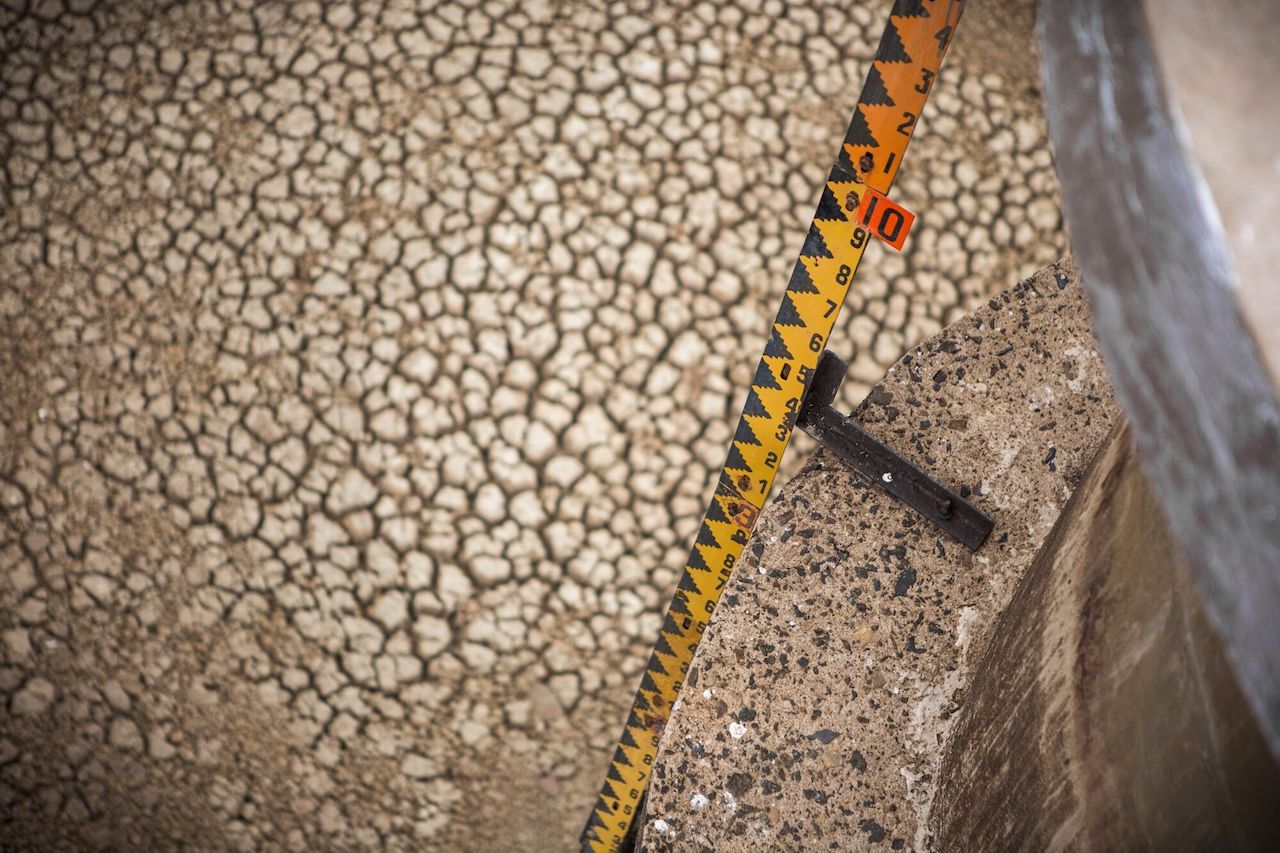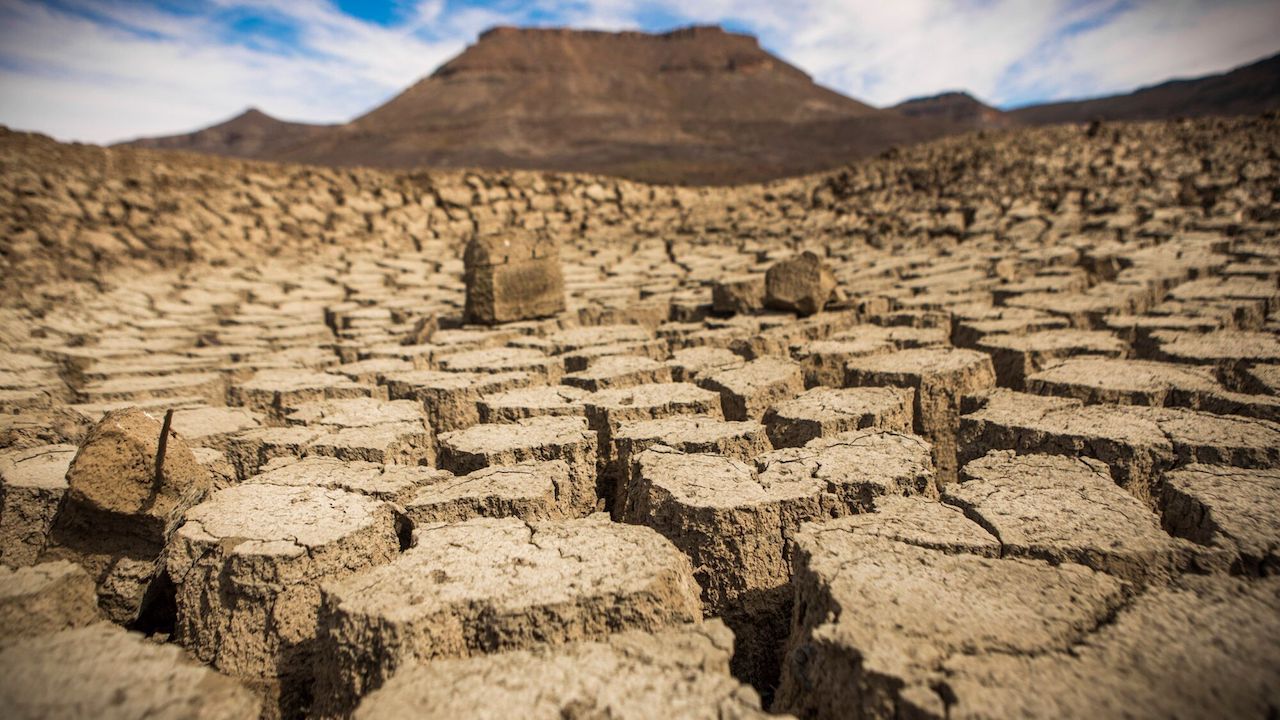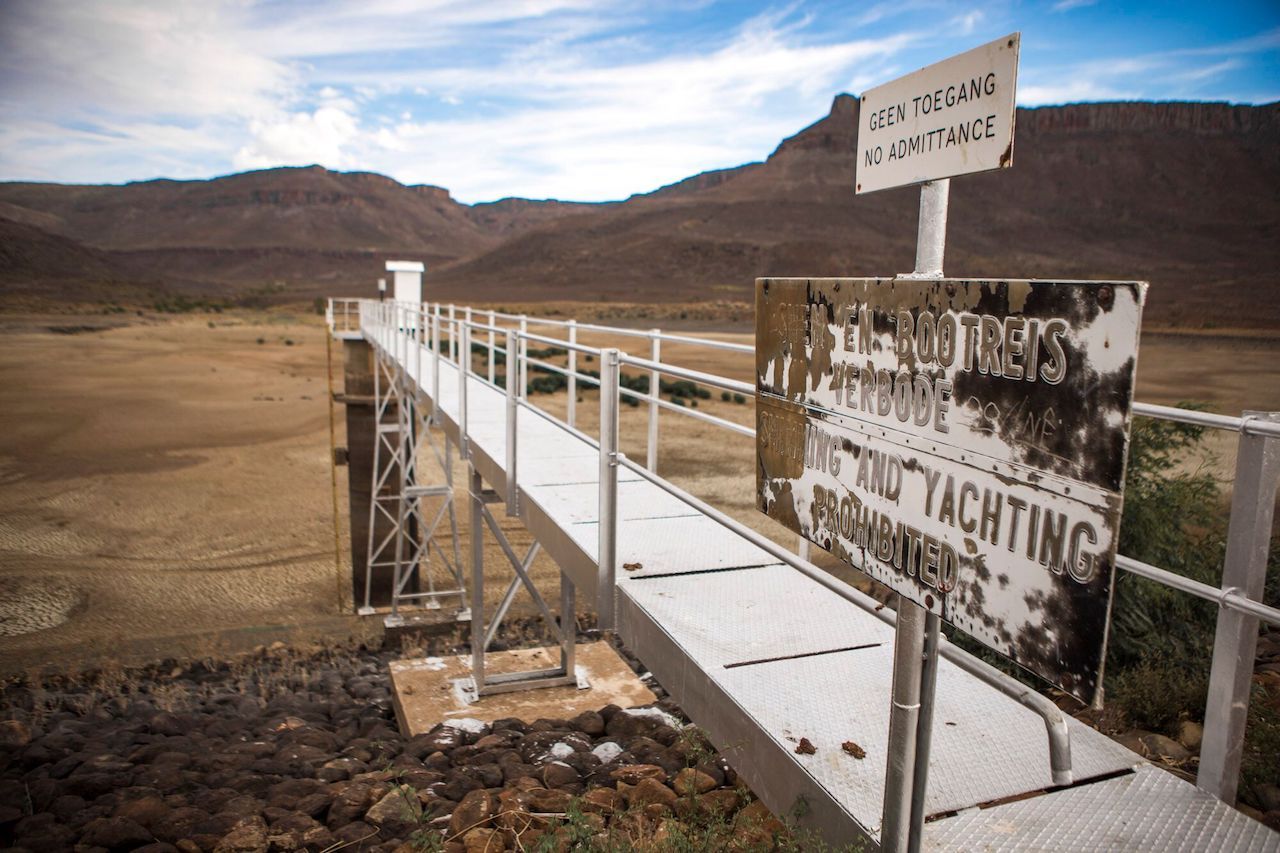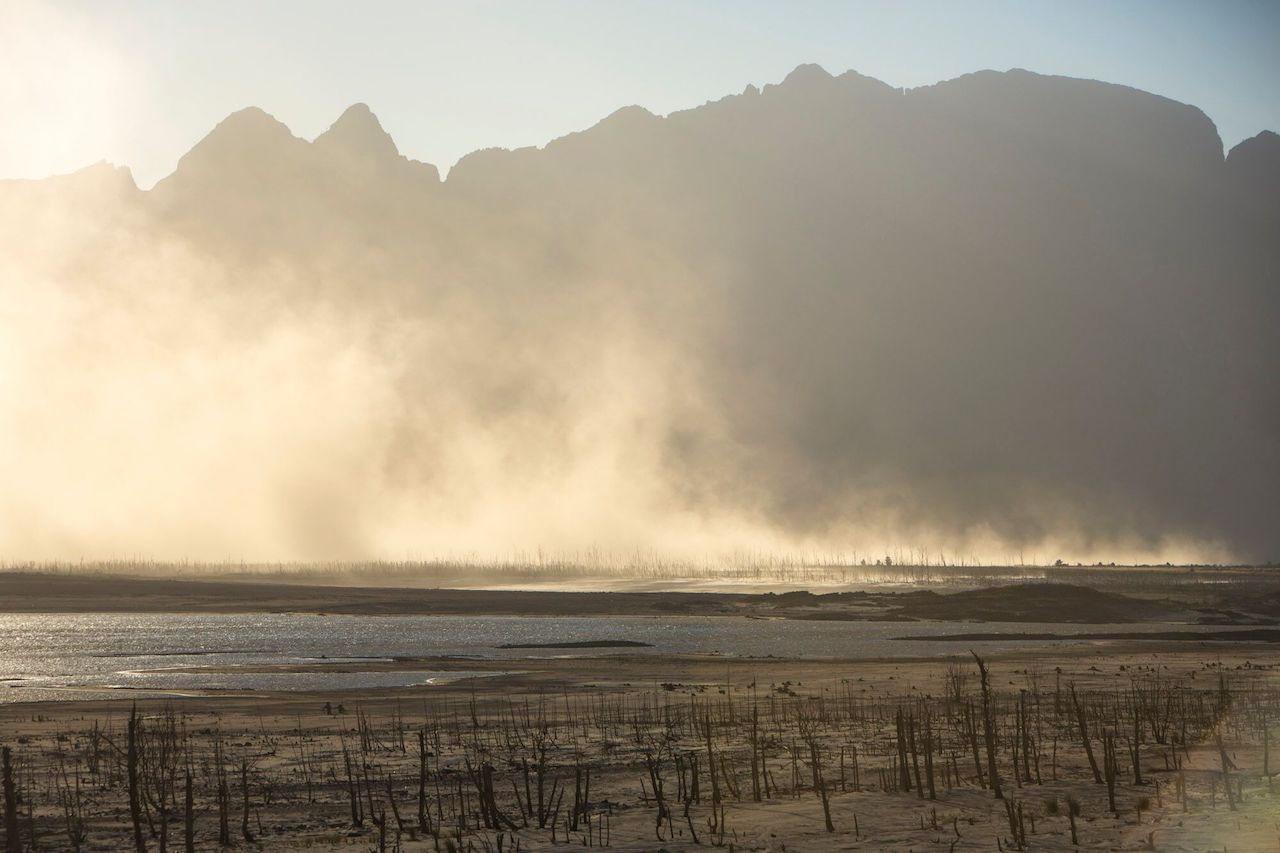One month ago, Cape Town dominated global headlines when city officials announced it was perilously close to running out of water. Cape Town was just 90 days away from being the first major city in the world to shut off water supply to households, and residents would have to queue at distribution points to collect a daily ration of just 25 liters. And then last week, after several weeks of anxiety, as if by miracle and without any significant rains, the city announced that Cape Town would likely avoid running out of water — at least for 2018.
But the city is far from safe — the announcement made it clear that this is contingent on ongoing water saving, and reliance on winter rains. But in the midst of the doomsayers, there is a remarkable story of a city that came together to more than half its water usage in a matter of months.
